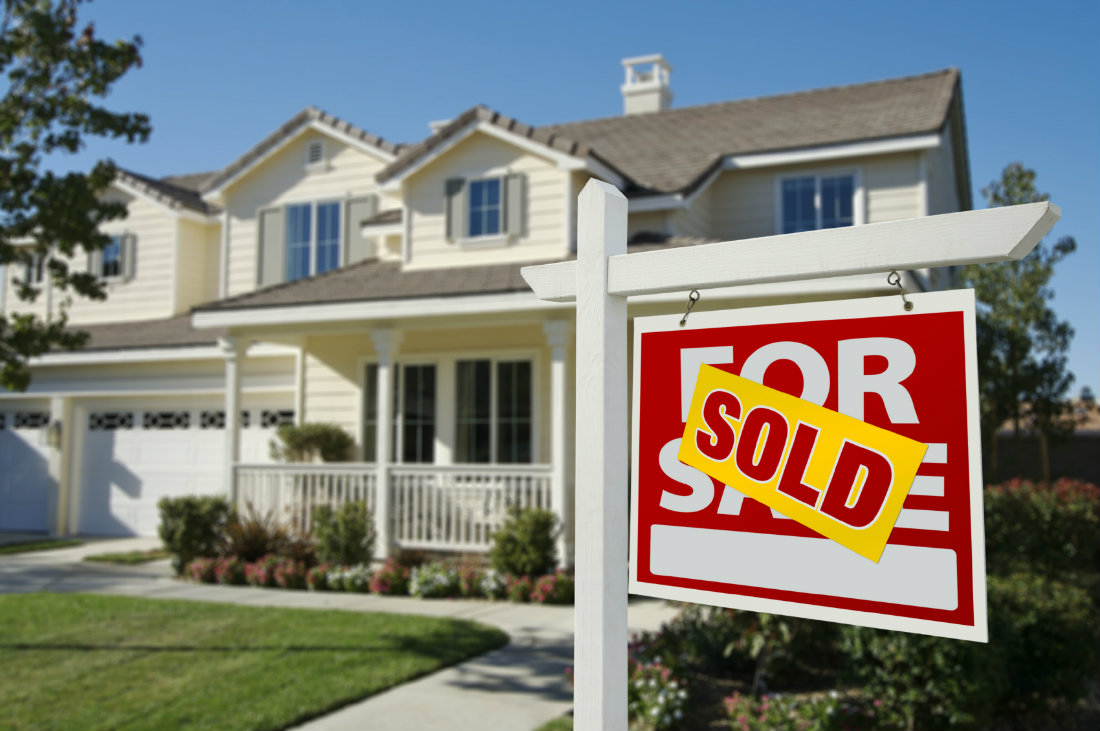By Kristen Vake
Existing home sales in the U.S. rose 4.7 percent in September, making it the second-highest monthly sales pace since February 2007.
Better job growth, low mortgage rates and pent-up demand continue to fuel activity and growth, according to Lawrence Yun, chief economist at the National Association of Realtors, which compiles the data.
Existing home sales increased to a seasonally adjusted annual rate of 5.55 million in September, a rise from a downwardly revised 5.3 million in August, and greater than the 5.39 million rate economists had expected, according to a Bloomberg survey of economists.
Compared with September 2014, sales of previously used homes are nearly 9 percent higher, according to the National Association of Realtors.
The existing home sales data measures sales and prices of existing single-family homes, condominiums and co-ops for the U.S. and provides a regional breakdown.
Single–family home sales rose about 5 percent to a seasonally adjusted annual rate of 4.9 million in September, up slightly from 4.7 million in August, and almost 10 percent above the 4.5 million-unit pace a year ago. The median existing single–family home price was $223,500 in September, up almost 7 percent from a year ago.
“Current price growth around 6 percent is still roughly double the pace of wages, affordability has slightly improved since the spring and is helping to keep demand at a strong and sustained pace,” said Yun.
The strongest gain came from the Northeast, which jumped almost 9 percent to an annual rate of 760,000, almost 12 percent higher than a year ago. The West region came in second with an over 6 percent increase to an annual rate of 1.3 million in September, almost 10 percent above a year ago.
In the Midwest, existing home sales climbed 2 percent to an annual rate of 1.3 million in September, up 12 percent from September 2014 sales. The median price in the Midwest was $174,400, up more than 5 percent from a year ago.
“Moving forward, first-time buyers are expected to remain in the spotlight. The more they buy, the faster we will ultimately regain ground lost to the financial crisis,” said David Nice, economist at Mesirow Financial. “The Federal Reserve is watching consumers and the housing sector closely for signs they can carry the economy, even as growth abroad slows.”
Fed officials have said repeatedly that they expected to lift interest rates in 2015 from the 0- to 0.25-percent target that’s been in place since the financial crisis. But concerns about a global economic slowdown, low inflation in the U.S. and volatile equity markets prevented the Fed from hiking its overnight rate at the September meeting.
The Fed’s policy-making committee meets again next week on Oct. 27 and 28. The latest U.S. economic data has done little to clarify the Fed’s path, according to Robert Dye, chief economist at Comerica Bank. The housing market is gaining momentum, labor market conditions are tightening, but unsettled international conditions are having an impact in the U.S., Dye wrote in a research note Thursday.
Fed policy-makers are walking a tightrope. If rates are raised too soon, it could weaken the economy by making credit less available to consumers and businesses.
But if the Fed waits too long to raise rates, cheap money circulating in the economy could fuel inflation, ultimately hurting the purchasing power of consumers and the economy.
(995realty.com/Creative Commons)

